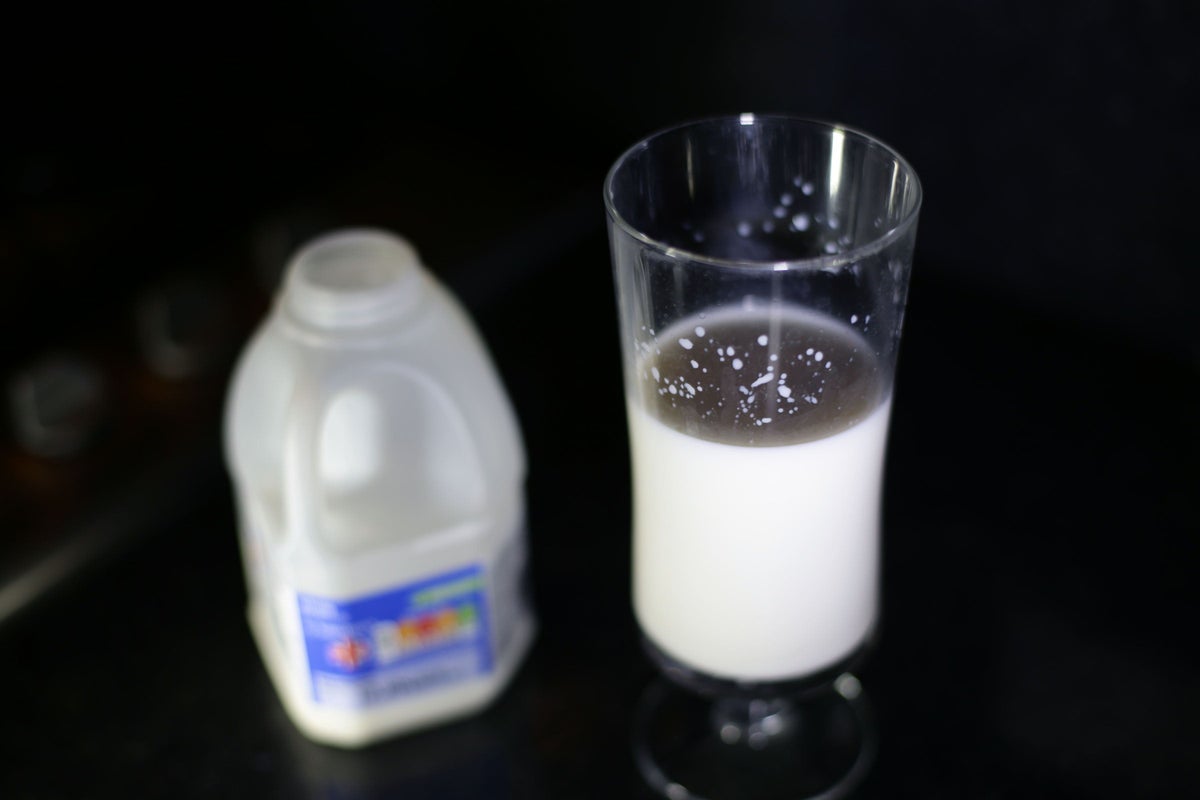
Drinking milk led to taller and heavier ancient humans in some regions of the world and their consumption has a direct impact on lactose intolerance in Europe today, a new study has found.
A researcher from Queen’s University in Belfast provided data for the study which compared skeletons from archaeological sites spread over 25,000 years.
The research, which was led by the University of Western Ontario, found that between 2,000 and 7,000 years ago the size increase was found in regions where ancient humans had higher levels of genes that allow the production of enzymes that digest milk into adulthood – this is called lactase persistence.
It also highlights that the process of evolution led to the pattern of lactose intolerance seen today, where people in the north of Europe are more lactose tolerant than people in the south of Europe.
Drinking milk and the consumption of dairy products is a vital component in food culture in many parts of the world, so it is interesting to understand the underlying biological processes— Dr Eoin Parkinson, Queen's University
The study, involving a team of 16 researchers, compared the stature and body mass of 3,507 skeletons from 366 different archaeological sites.
This created a large comparative data set to examine human body variation over time and geographic location.
Dr Eoin Parkinson, from Archaeology and Palaeoecology at the School of Natural and Built Environment at Queen’s University, said: “Through this study we’ve found that drinking milk led to increased skeletal growth and taller populations in some parts of the world.
“Everyone probably has memories from their childhood of being told to drink up their milk to help them grow.
“We can almost think of this in the context of our own evolutionary story and we see trends in dairy consumption going back as far as 7,000 years ago having an impact on how people process dairy products today.”
He added: “Drinking milk and the consumption of dairy products is a vital component in food culture in many parts of the world, so it is interesting to understand the underlying biological processes related to these practices.
“Agriculture emerged in the Near East before farming groups migrated into Europe, bringing a host of new domesticated plants and dairy-producing animals with them.
“In some parts of northern and central Europe, where local environments were not suited to the newly imported south-west Asian crops, human societies responded through increased consumption of milk.”
The data set used in the study was primarily based on European samples due largely to historically more frequent archaeological exploration within the continent.







